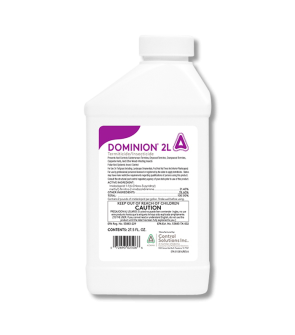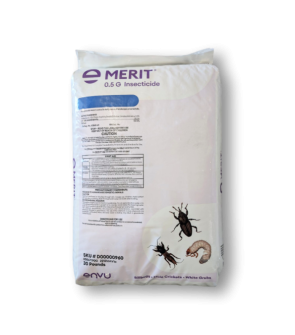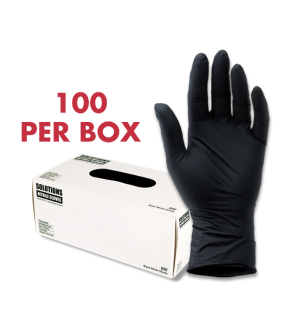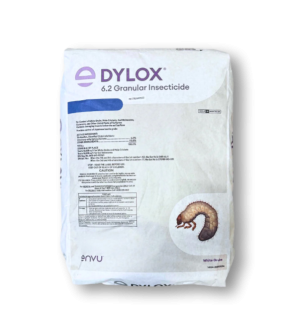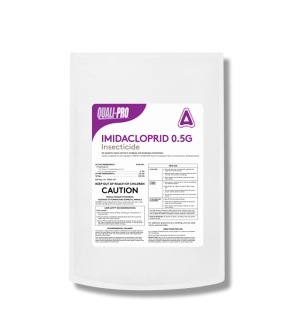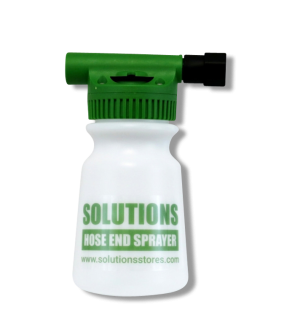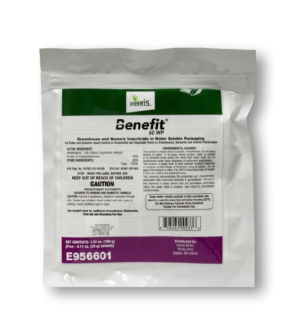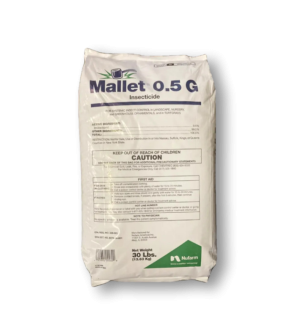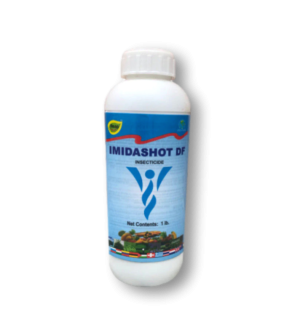Gain access to personalized product screening, the best pricing, rewards, and more!
Most Effective Products
Northern Masked Chafer Control: How to Get Rid of Northern Masked Chafers
This page is a general DIY article on eliminating northern masked chafers from your property using the products and methods suggested throughout this guide. Follow this DIY guide and use the recommended products, and we guarantee 100% control over northern masked chafers on your property.
Northern masked chafers, commonly known as masked chafer or cyclocephala borealis are destructive pests that are well known to turf owners in the northern portion of the United States. The adults do not feed much, but their larvae are the real problem for turf, primarily cool-seasoned grass.
Within weeks, these grubs will feed below the grass surface, severing roots, which disrupts the turf's ability to absorb water and nutrients. This leads to irregular patches of yellowing, thinning, and dying grass that may appear drought-stressed, even with adequate watering. Beyond root damage, northern masked chafers can attract other pests like raccoons and skunks.
These pests are not to be confused with June beetles (southern masked chafers). Visually and behaviorally, northern and southern masked chafer grubs are almost indistinguishable without a microscope. The key difference lies in their region and when they are active, with northern grubs appearing later in the summer and being more cold-tolerant.
Learn more about how to separate these pests and how to control infestations with the information in this article.
Identification
Before you can proceed with a treatment program, you must be sure that your pest is indeed a northern masked chafer. Misidentification can lead you to use the wrong treatment products and waste time and money. Below are some characteristics of northern masked chafers to aid in identification:

- Northern masked chafers are tan to golden-brown scarab beetles, roughly about 1/2 inch long and 1/4 inch wide. They have a smooth, shiny body with no distinct markings on their wing covers (elytra) and a slightly rounded, oval shape.
- One of their most recognizable features is the dark, mask-like marking that stretches across the front of their face, giving them their name. Their legs are spiny and well-adapted for digging, which helps them lay eggs in the soil.
- The grubs have a characteristic C-shaped body, creamy white color with a slightly darker, tan to brown head. They typically measure around 3/4 to 1 inch long when fully grown. The body is soft and segmented, with six small, jointed legs near the head.
- Northern masked chafers are often confused with southern masked chafers since they are nearly identical in appearance. Northern masked chafers tend to be slightly larger and paler in color compared to their southern counterparts, which are often a bit darker or reddish in hue and may appear slightly more compact in shape. One of the clearest distinctions lies in their distribution: northern masked chafers are typically found in the northern United States and parts of southern Canada, while southern masked chafers are common in the southern United States. The major physical difference for northern masked chafers is their hairs, which will require a microscope to see the visible differences. The northern masked chafers possess more dense hairs on their thorax and wing covers whereas southern masked chafers have more sparse short hairs. In short, northern masked chafers are more hairy than southern masked chafers.
Use the description and image above to determine whether the pest you encounter is a northern masked chafer. If you are unsure, contact our experts; we will help you identify the correct one.
Inspection
Once you have confirmed the infestation is northern masked chafer, you can move on to inspection. During this phase, you will locate the areas where northern masked chafers are infesting and observe the conditions allowing them to thrive. This information will help you determine where to apply pesticide applications.
Since most of their damage occurs from their grubs we will determine where these pests are active.

Where to Inspect
Northern masked chafers are found primarily in the northern United States and southern parts of Canada, especially in the Midwest, Northeast, and Upper Plains regions.
Their grubs live in the soil and feed on the roots of cool-seasoned turfgrass and other decaying organic matter such as mulched plant beds, and compost heaps. The adults commonly hide in thatch during the day.
Common areas are lawns, golf courses, athletic fields, gardens, and other sites where cool-seasoned turf can grow.
What to Look For
Northern masked chafer grub damage typically appears as irregular patches of wilted, yellowing, or thinning grass that may look drought-stressed, even when watered.
As the grubs feed, they sever the grassroots, making it easy to lift or roll back the sod like a loose carpet, especially in late summer or early fall when the grubs are larger and feeding more aggressively.
Treatment
Before you begin any type of application, be sure to wear the proper personal protective equipment (PPE) when handling and applying pesticides.
Controlling northern masked chafers focuses primarily on targeting their larvae since they are prone to causing more damage than the adults.
The most effective way to eliminating northern masked chafers is to use systemic insecticides from late May to early July. This time frame will catch when adults are laying eggs and when newly hatched eggs are beginning to feed.
More advanced larvae stages of grubs will appear again from August to September so another application is recommended then.
Step 1: Apply Dominion 2L
 Dominion 2L is a professional-grade termiticide and insecticide formulated with imidacloprid, a neonicotinoid compound that acts as a neurotoxin to insects.
Dominion 2L is a professional-grade termiticide and insecticide formulated with imidacloprid, a neonicotinoid compound that acts as a neurotoxin to insects.
It is a systemic non-repellent product, meaning pests cannot detect it, allowing them to come into contact with the treated areas leading to greater control for above and below-ground pests like grubs, termites, and more.
Determine how much Dominion 2L to use by measuring the square footage of the treatment area. Find the square footage by measuring the treatment area's length and width in feet, then multiplying them together (length X width = square footage).
This product must be mixed with water, we recommend making applications with a hose-end sprayer for better coverage.
To get rid of northern masked chafers, apply 0.46 to 0.6 fl. oz. of Dominion 2L per 2 gallons of water per 1,000 sq. ft. of turf.
Turn your water hose off and then connect the Solutions Hose End Sprayer. Add the proper amount of Dominion 2L to the reservoir container then spray until mixed.
To spray, simply switch the control valve to the ON position.
Broadcast the solution evenly over your turf until wet, but not to the point of runoff.
Irrigation or rainfall must occur within 24 hours after application to move the active ingredient through the turf.
Do not mow turf or lawn area until after sufficient irrigation or rainfall has occurred so that uniformity of application will not be affected.
Prevention
After successfully eliminating northern masked chafers from your property, you will want to ensure these pests do not return. Here are some preventative measures we suggest following to keep northern masked chafers away.

- The most effective prevention strategy is treating turf with a preventive systemic grub insecticide such as Dominion 2L from May to early July, before the eggs hatch. Once applied, we recommend keeping up with quarterly applications to ensure any emerging or overwintering chafers are controlled.
- Thick, vigorous turf is better able to withstand grub feeding and is less attractive to egg-laying beetles. Be sure to mow your turf to its proper height. Aerate the soil if compacted to help encourage better growth. Also, fertilize with a slow-release granular fertilizer to help make it more thicker and healthier.
- Adult pests are drawn to certain conditions, so during June and July be sure to avoid overwatering. We recommend watering with an inch of irrigation once per week, preferably in the early morning. Reduce outdoor lighting at night in June and early July since adults are nocturnal and strongly attracted to lights.
Key Takeaways
What are Northern Masked Chafers
- Northern masked chafers are a species of scarab beetle known primarily for the grub stage, which is a common and destructive turf pest.
How to Get Rid of Northern Masked Chafers
- To get rid of northern masked chafers, applications with a systemic insecticide like Dominion 2L would be best.
Preventing Northern Masked Chafer Reinfestations
- To prevent northern masked chafers you would need to make quarterly applications of Dominion 2L and keep up with regular turf maintenance.







